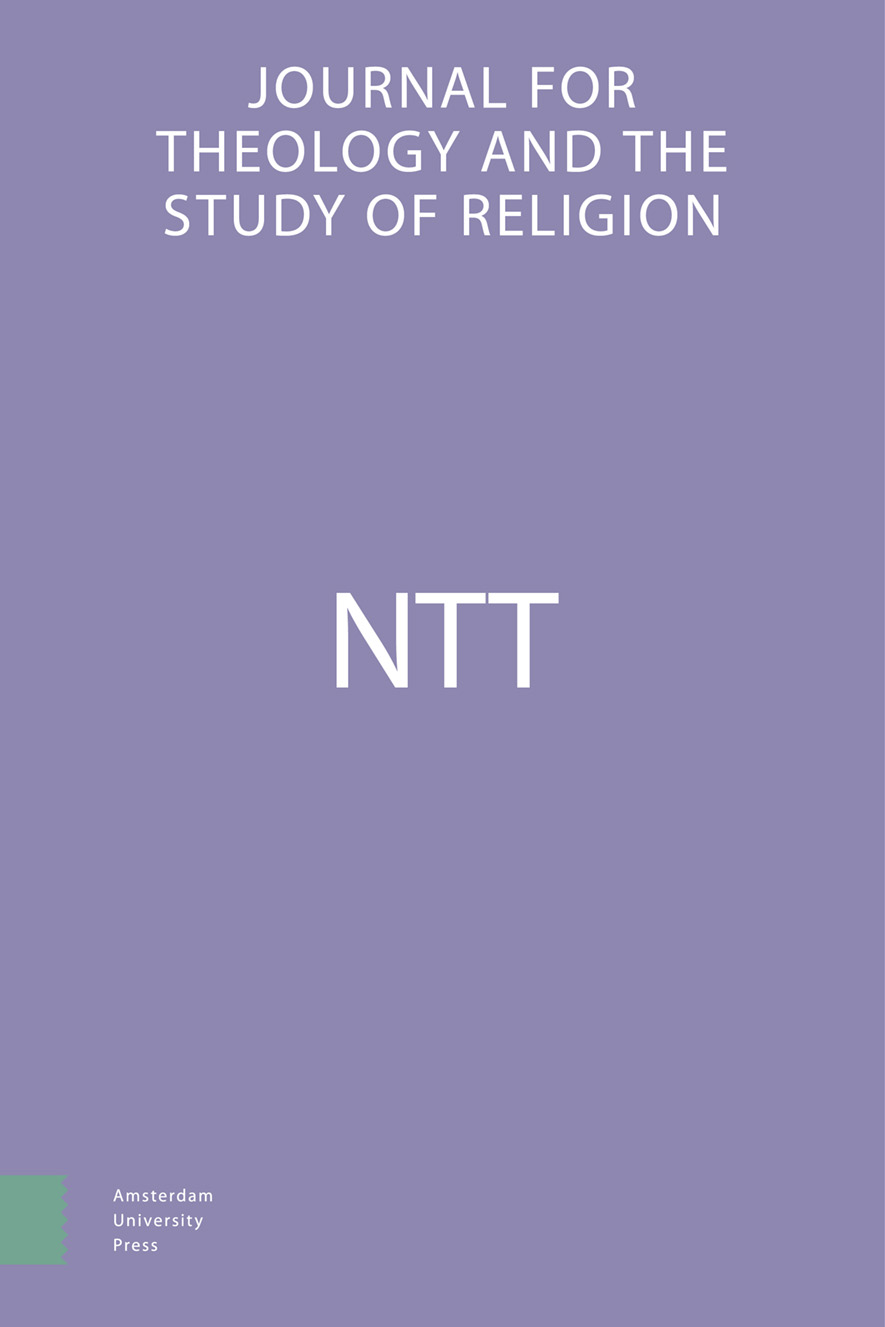-
oa Lichaam van Christus worden
Voor een vernieuwde fascinatie voor liturgie-intuïties
- Amsterdam University Press
- Source: NTT Journal for Theology and the Study of Religion, Volume 73, Issue 3, Aug 2019, p. 205 - 221
Abstract
The present article aims at making again a connection with central intuitions of the early Liturgical Movement in francophone Belgium at the outset of the 20th century. The reason for doing that is that it is still quite uncommon for professional theologians to consider liturgy as a real source for theologizing. The major focus of the article is the Body of Christ, a profound image, symbol, doctrine and reality, the impact and potential of which were rediscovered then in the circle of Benedictine monasteries. It was interpreted both in an ecclesial and sacramental way and it arguably constituted the basis for many other theological renewals prompted by subsequent representatives of the Liturgical Movement. Relying on a careful analysis of key texts by Dom Columba Marmion (1858-1923), Dom Lambert Beauduin (1873-1960) and Dom Maurice Festugière (1870-1950), I argue that their dealings with ‘liturgy intuitions’ – which are not equal to ‘liturgical intuitions’ – should be retrieved not only for scholarly purposes but, even more so, for a deepened understanding of the intrinsic and organic connections between Church, liturgy, Christ and life.


